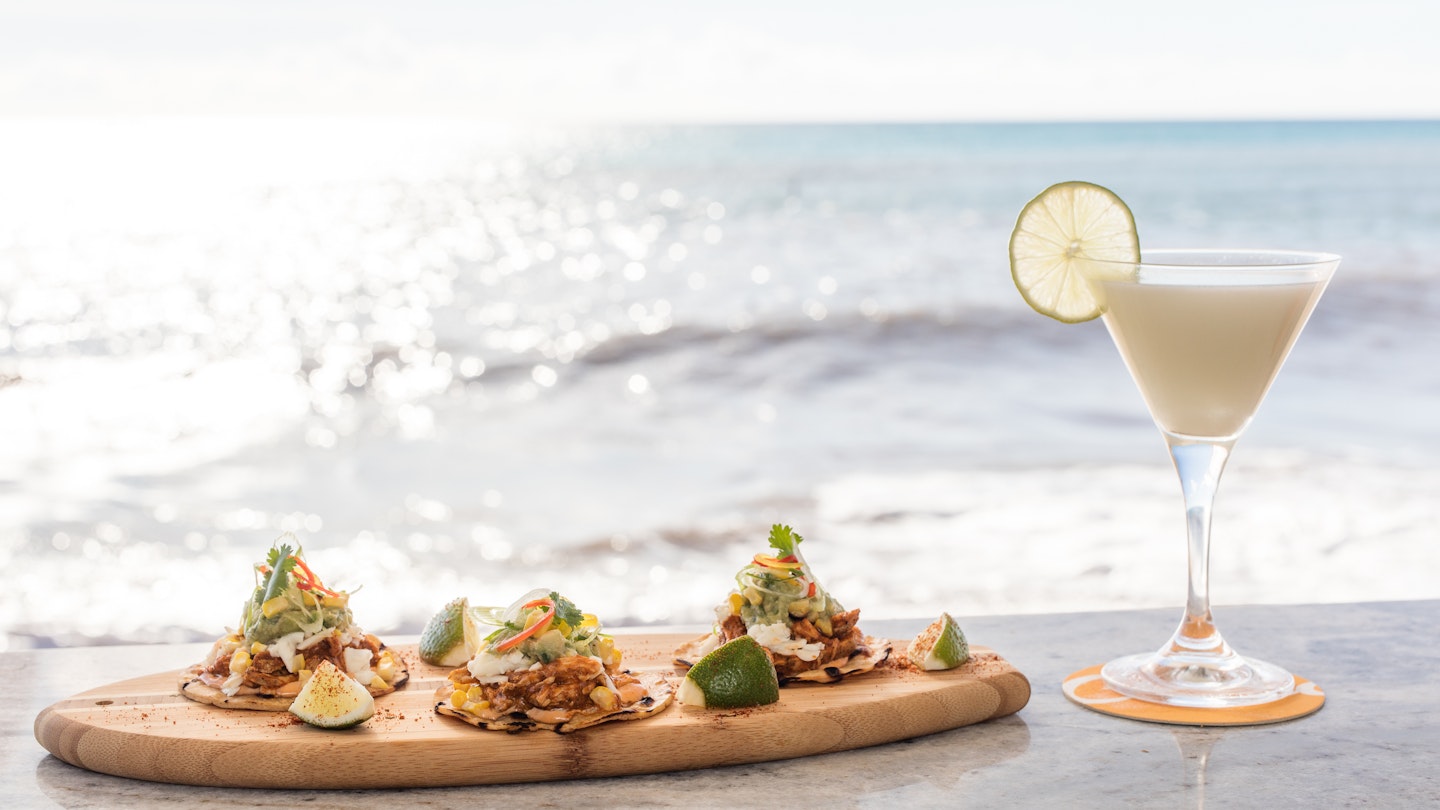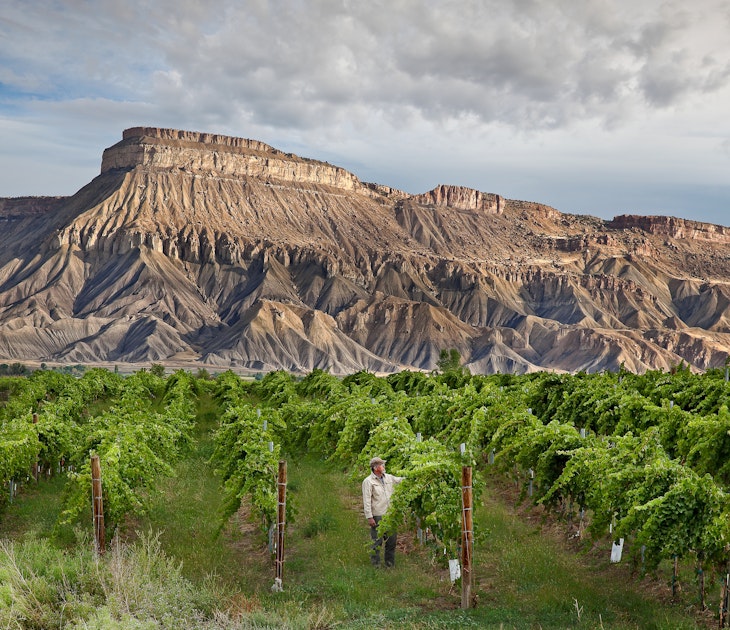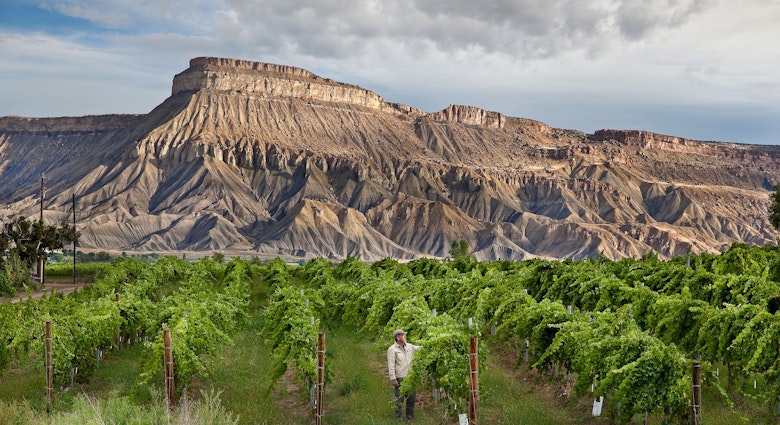“Eating local” has become a popular dining ethos over the last decade, but in some locations, it’s not as simple as it sounds. Islands in the Caribbean in particular have struggled with sustainability due to a multitude of factors, including inhospitable farming conditions, the increasingly extreme effects of climate change and damage from tropical storms.
Many of the fresh ingredients on the islands are imported from overseas, creating both a large carbon footprint and huge amounts of packaging waste. Recently, growers and restaurant owners in the Caribbean have been rethinking their approach to sustainability. Here’s how three islands are doing it.
Editor's note: Please check the latest travel restrictions before planning any trip and always follow government advice.

The Cayman Islands
With its incredible wildlife, scuba-diving and white sand beaches, the British Overseas Territory of the Cayman Islands has long been a draw for travelers looking for luxury and relaxation. But it’s only been within the last couple of decades that the culinary scene on the islands has evolved to be more environmentally friendly.
Sustainability has been on the rise in Grand Cayman ever since The Brasserie, the island’s first farm-to-table restaurant, opened in 1997. Since then, the demand for local produce and sustainable seafood has grown exponentially, creating a circular effect in which farms utilizing greenhouses and fishermen abiding by eco-friendly practices now have increased capital to expand their operations.
New rules for visiting the Caribbean in 2020
“In Grand Cayman, we have a great outpouring of community encouragement for local farmers markets to showcase locally grown food items and sell products at local stands,” says Massimo De Francesca, executive chef at the Kimpton Seafire and its signature restaurant Ave.
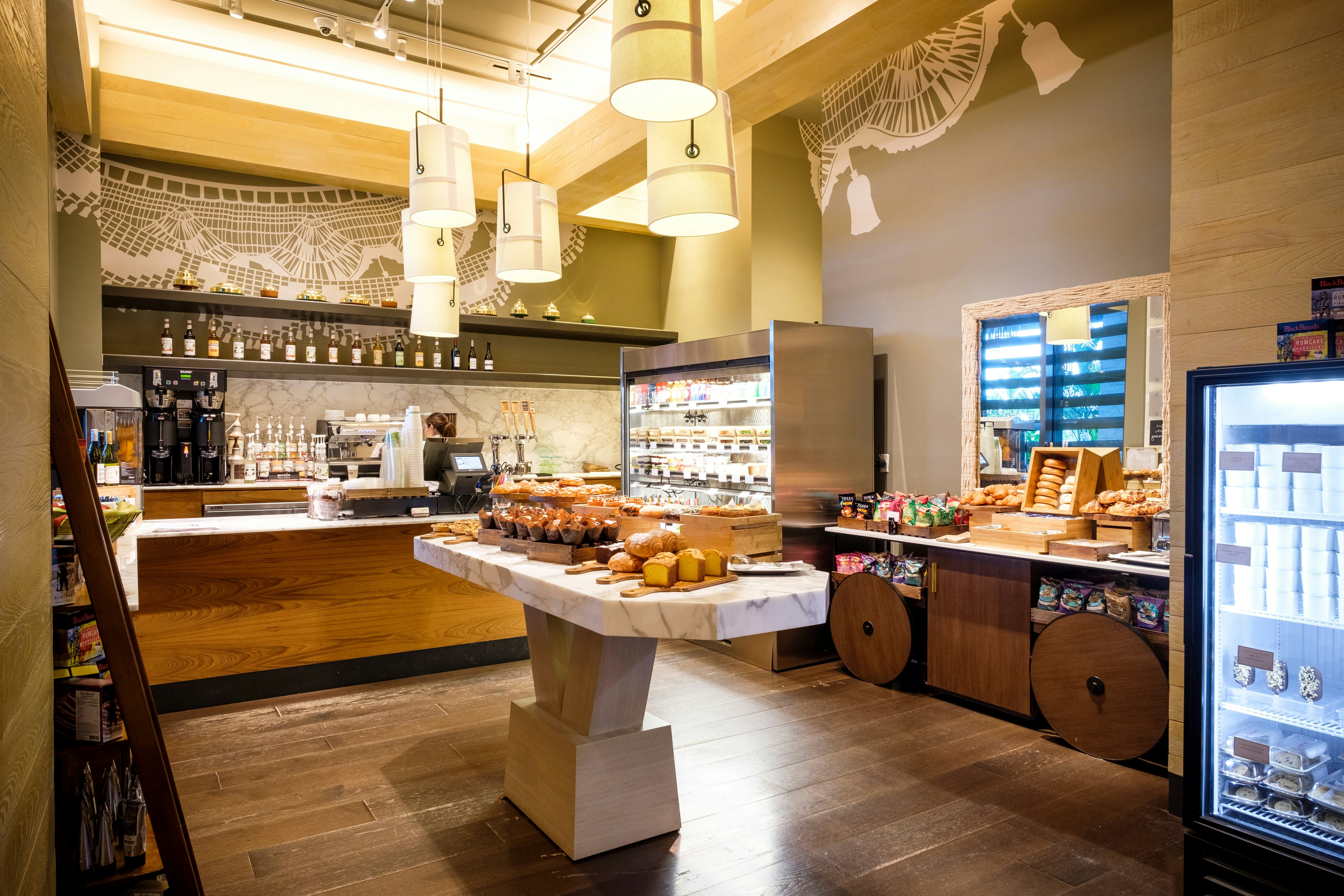
The weekly Farmers and Artisans Market gives both restaurants and local residents access to produce and proteins from the islands; De Francesca notes that the local large-scale grocery stores also dedicate space to showcase local fruits, vegetables, honey, sauces and more.
Ave and many other restaurants on the island also participate in a government initiative called Cayman Sea Sense. The program promotes serving fish from only sustainable, stable populations and the use of fishing practices that minimize habitat damage and unintended by-catch.
In the future, De Francesca says, “We’d like to increase the use of local ingredients in our overall inventory. We’d like to set up a program in which kitchen and bar waste is sent to farms for appropriate feed or composting material.”
Visitors to the islands can support local sustainability efforts in several ways, the most delicious of which is by buying local goods including Cayman sea salt, spirits, beer and honey as souvenirs. “There’s always room to do more,” De Francesca adds.

Curaçao
Though tropical Curaçao has more water than some of its more arid neighbors, the complexities involved in collecting that water and irrigating crops can still be a barrier to agriculture on the island. Curaçao-born Femi and Joshua Peiliker, who founded the farm and restaurant Hofi Cas Cora, say they’ve been lucky in that respect.
“We are blessed with our location and use groundwater pumped up with wind energy and sometimes a solar pump,” says Femi. “Our deepwells always have water.”
The couple grows fruits and vegetables and raises livestock that then become the main ingredients for their ever-changing restaurant menu of freshly prepared soups, wraps and more. The Peilikers are using their work to help other businesses on the island become more sustainable as well.
“We work with two local restaurants that save food waste for us. We feed it to our pigs and use it for compost,” Femi says.

The movement toward sustainability has been slowly growing in Curaçao and resources like Sustainable Curaçao are invaluable. The site compiles information on island farms, including Hofi Cas Cora and Fuik Microgreens, local eco-friendly beauty brands, sustainable architecture firms and more.
“One of our favorite local brands is Herbology, which makes creative body products with locally sourced and foraged items that are packaged in recycled and recyclable materials,” says Femi. “We also love Limpi, a design company that creates products and souvenirs with recycled plastic from our beaches.”
In the future, she adds, Hofi Cas Cora plans to expand their mission by opening a zero-waste store to sell package-free farm goods as well as bulk items like nuts and grains.
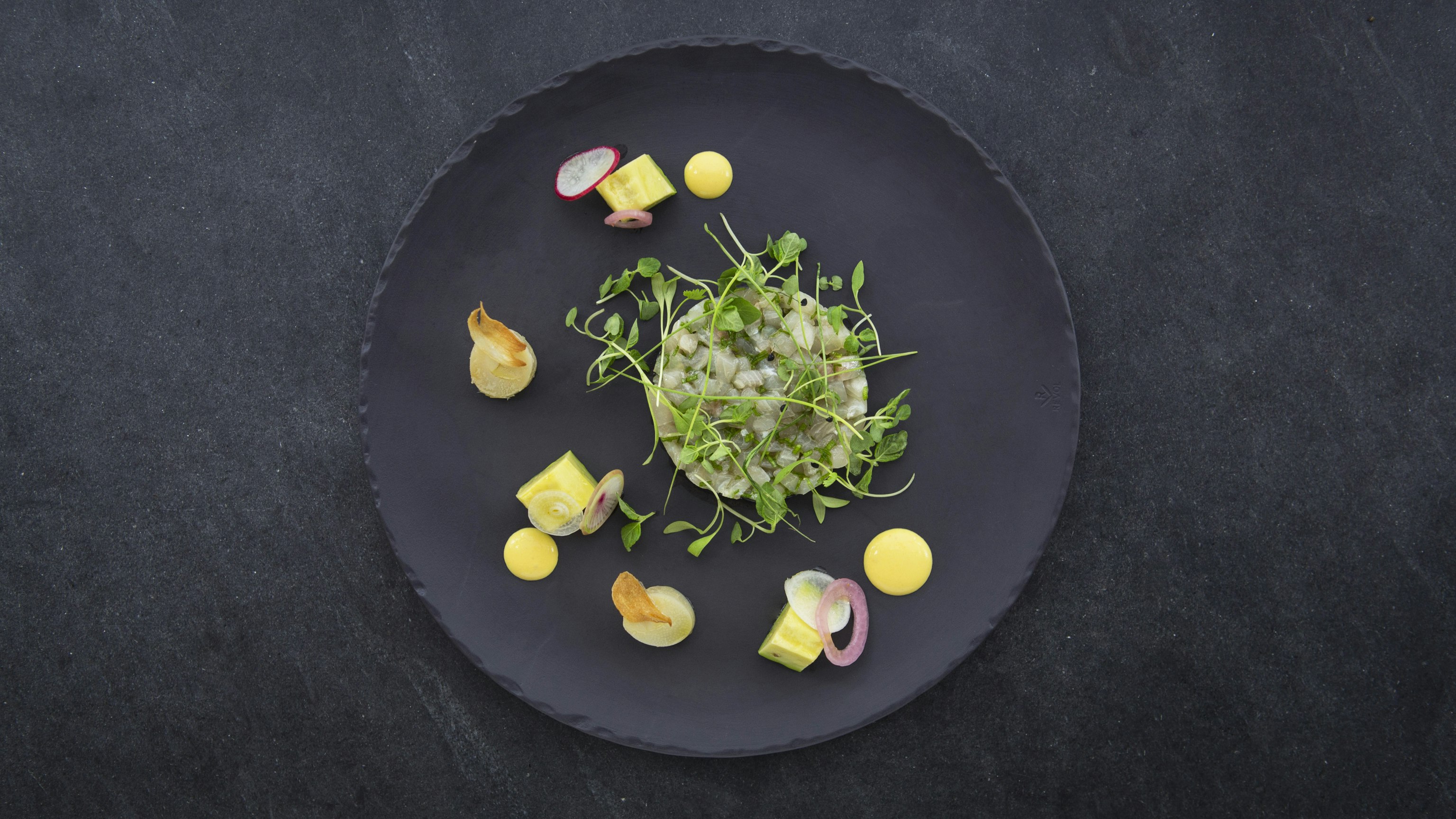
Puerto Rico
Climate change and the resulting extreme weather events have affected much of the Caribbean, and few places have been as hard-hit as Puerto Rico. Now, two years after Hurricane Maria devastated the island, Puerto Rico has mostly faded from the news cycle.
But local chef Juan José Cuevas knows that the rebuilding isn't done yet. At his restaurant 1919 in the Condado Vanderbilt hotel, Cuevas has committed to working with local growers and producers to continue the island’s recovery process; many recently harvested their first round of post-Maria crops.
“We make a point to support these recovering farms by buying from them as often as possible,” Cuevas explains. Across the property, farm-fresh eggs and fruit are the rule. “At 1919 in particular, we maintain our social consciousness by having a menu that consists of 75% local products.” In the future, Cuevas says, they’re hoping to increase that number to 85%.

By putting money back into local agriculture, 1919 and other restaurants on the island help farmers with additional sustainability efforts, including installing solar panels, which have the dual impact of diversifying revenue streams and providing renewable energy.
How sustainable tourism is thriving in Puerto Rico
Co-ops are common in all industries across Puerto Rico, and farmers in particular have seen success with the model, which provides a cheaper, more efficient way to sell their product. These co-ops can be found all across the island and depend on the support of both locals and visitors to carry out their mission.
“Travelers should visit places where local farm-fresh ingredients are used in order to immerse themselves not only in the local culture but the complex economic meaning behind each ingredient,” Cuevas says. “The Caribbean thrives on tourism and supporting local culinary initiatives draws agrotourism to our islands.”
You might also like:
How to find a sustainable hotel
10 incredible sustainable travel experiences
How to be a sustainable scuba diver
